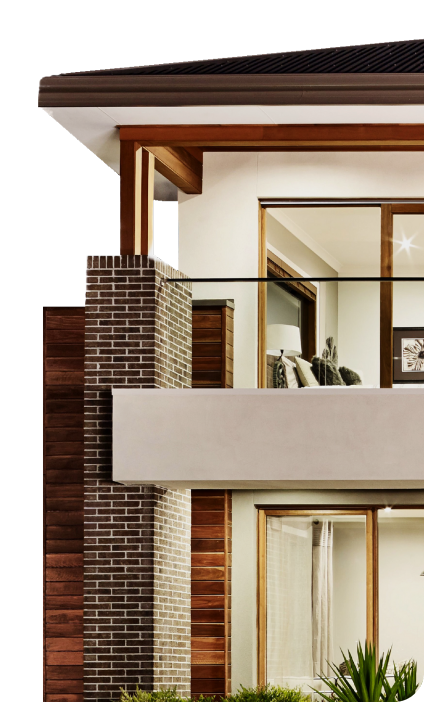Buying a home may be more affordable than you think
Coming up with the cash for a down payment and/or closing costs on a house may seem challenging or even impossible to some homebuyers, but it doesn’t have to be. There are programs that can help make homeownership more affordable, many with low- and no-down payment options, and some connected to popular government-backed loans.
Does down payment assistance cover closing costs?
A benefit of most down payment assistance is that the funds do not have to be repaid. Most programs provide 5% of the original loan amount. In addition to helping provide funds for a down payment, these programs can also be used to help pay closing costs.
Can closing cost assistance be used with any type of mortgage?
Similar to down payment assistance, closing cost assistance can be used in specific circumstances. Some programs are linked to certain mortgages while some mortgages don’t allow for the use of closing cost assistance at all. Understanding the loan and program terms can help you explore your options.
Types of down payment and closing costs assistance programs:
The following assistance programs can give home buyers some much-needed support when coming up with a down payment or paying off closing costs.
- Conventional 97 — available through Fannie Mae and Freddie Mac, this program requires a 3% down payment and is available for the purchase of single unit primary residence properties. It’s best suited for buyers with excellent credit or average credit.
- HomeReady® — this Fannie Mae-backed program allows for a 3% down payment and offers discounts on mortgage rates and private mortgage insurance; it’s targeted at multi-generation households where multiple people contribute to the family income and can be anyone with an income below the average for the area.
- Home Possible® — a Freddie Mac mortgage option that is a great option for first-time homebuyers; it requires a down payment of only 3%.
- FHA Loan Program — allows for down payments of just 3.5% and can be used for primary residences with 1-4 units; a big advantage is that FHA mortgage rates tend to beat conventional rates.
- VA Loan Guaranty — this program is available to veteran or active duty military borrowers; there is no down payment requirement and no mortgage insurance charge, regardless how little you choose to put down.
- USDA Home Loan — is available to buyers in less dense parts of the country, including rural areas and many U.S. suburbs as well; it allows for 100% financing and offers reduced mortgage insurance costs as compared to other low- and no-down payment loans.
- 203K Renovation Loan — a great solution if your first home is a fixer-upper; if your purchase requires repairs, there’s a low minimum down payment requirement of only 3.5% and the loan covers the value of the property plus the repair costs.
- State Down Payment Assistance Programs(link opens in a new tab) — in addition, there are thousands of state-specific DPA programs for which you may qualify. The U.S. Department of Housing and Urban Development (HUD) maintains an updated list(link opens in a new tab) of active programs.
What happens if I’m denied closing cost assistance?
If a lender denies you closing cost assistance, you need to discover why so that you can take steps to improve your application in the future. Many programs require working with a housing counselor or taking homebuyer education courses to understand these programs and how to apply for them.
Wonder if you qualify for assistance? Ask us.
We’ve only listed some of the many options available here. Best of all, it’s fast and free to let us evaluate your options. Before you give up on your dream of owning a home because you think the cash required at closing is insurmountable, speak to a PrimeLending loan expert.
